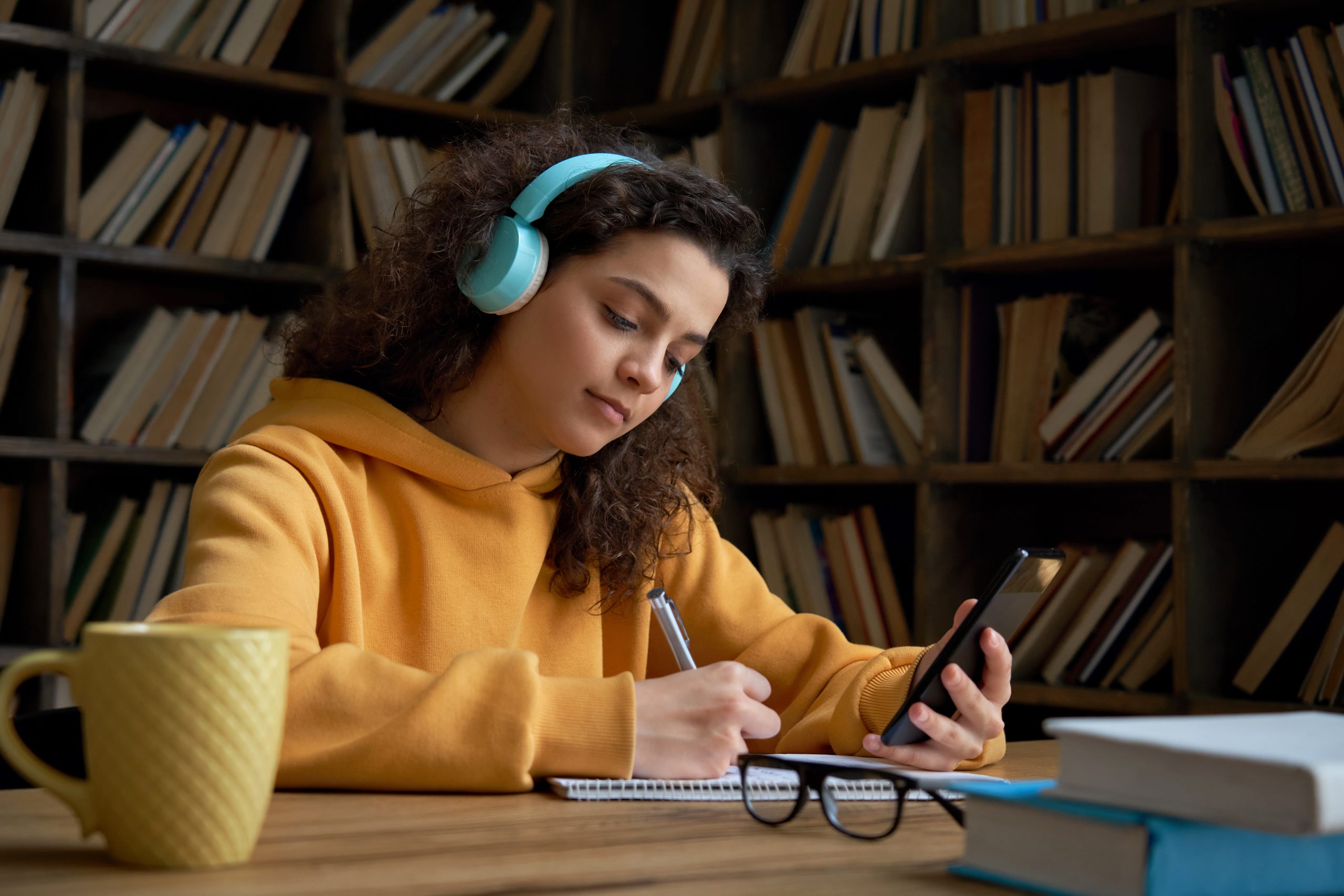Overview
Designing your course with accessibility in mind can help you meet the needs of students and improve their learning experiences. Creating accessible course content takes into account the technical requirements for those who use assistive technology (e.g. webpage code that is easily read by screen readers), as well as active learning and visual design (e.g. font size, contrast and instructions). In this section, we will review practical and approachable tips for ways to apply principles of UDL in your course.
Practices for applying UDL
Below are some practical strategies and tools to incorporate UDL principles.
Revisit learning goals and outcomes
You can begin to incorporate UDL principles by examining and aligning your goals and outcomes for the course in the following ways:
- Check that goals and objectives are meaningful, relevant and clearly articulated (more info about learning outcomes)
- Consider learning objectives that are not tied to a specific format (or mode or medium). This makes it easier to include multiple pathways to demonstrate learning (more information on CAST UDL learning goals)
Six practices for creating accessible content
If you want to learn more about creating accessible content including organization, format, colour contrast and alternate text, read our blog post!
Create an inclusive learning space
By reflecting on the physical, virtual, and social aspects of teaching and learning environments, you can make intentional design choices, that promote accessibility, inclusivity and student engagement in the following three learning spaces:
Physical classrooms or lecture
- Check to see if the layout allows for flexible seating arrangements to account for learner needs and preferences (UVic classrooms and technology)
- Use varied instructional materials and modalities (e.g., visuals, audio, text, lecture notes or transcripts)
- Provide visual aids (e.g., captions, document camera, presentation slides)
Online, blended and hybrid
- Offer flexible participation options through various modalities, such as text, audio, or video
- Explore multi-access teaching and learning
- Familiarize yourself with technologies and features, such as Brightspace, Echo360, Crowdmark, Zoom, Teams ( visit UVic learning technologies)
Labs, fieldwork and other specialized
- Consider flexible and alternative learning opportunities for students who may face barriers in some environments
- Reach out to LTSIsupport@uvic.ca to discuss your specific and specialized learning space
Learn about our multi-access classrooms
UVic has two classrooms, HHB 110 and CLE A127, where students can participate in-person or online (e.g., remotely in real-time via Zoom or Teams). Read the blog post!
Have multiple modes of content delivery
It is helpful to share different modes of content to be inclusive of all types of learning, such as text, audio, visuals and interactive materials. When delivering content, list how each method will benefit your students and scaffold activities into bite sized tasks.
Text-based
Engage at own pace and revisit information easily, including PDF, word, e-text and syllabus*
Interactive simulations
Explore concepts, practice skills and develop a deeper understanding through active engagement
Interactive modules and collaboration spaces
Foster active learning through multimedia elements, quizzes and interactive exercises, discussion forums and social spaces for informal learning interactions
Visual aids
Provide complex information in a visually appealing/ concise manner
Audio recordings
Listen and absorb at own pace, while providing alternate formats for visual impairments (Learn about transcriptions and captions)
Design an accessible syllabus
Review the following resources to help you design an accessible syllabus or course outline:
Incorporate flexibility in assessments
UDL invites instructors to consider ways to remove assessment barriers which in turn enhance student engagement and motivation. This includes: creating and sharing rubrics with transparent criteria, ensuring assessments align with learning outcomes, and including various types of assessments. Examples of assessments include:
Presentations or demonstrations
Enhance oral communication, confidence in materials, public speaking and presentation abilities
Multimedia projects
Engage with content creatively, using different media formats to demonstrate understanding
Written essays
Develop in depth knowledge on a specific topic and develop written communication skills
Take-home or extended time
Reduces stress and promotes a more equitable assessment environment
Porfolios/ePortfolios
Provide a holistic view of student learning or growth and can include essays, projects, reflections or self assessments
Exercise: what are you currently doing?
Take a look at your current or draft course syllabus/outline. Review its components, including course objectives assessments, instructional materials and classroom ploicies.
As you go through each section, make note of any practices that you are already aligning with UDL principles, promoting inclusivity and addressing diverse learning needs.
- Are there options for presenting information in different formats?
- Are there opportunities for students to engage with content in various ways?
- Are there different options for students to demonstrate understanding?
Once reviewed, reflect on the UDL practices you have identified. What small change could you incorporate this next time you teach to enhance inclusivity and support diverse learner needs?
Where to get help with designing your course
We can provide guidance and support in designing accessible and inclusive learning activities, content and learning environments, and address the needs of students with exam accommodations. Contact LTSI to get in touch with our learning design team.
The Centre for Accessible Learning (CAL) also works with students and instructors to promote educational equity and accessibility for learners registered with disabilities and support learners in achieving academic goals. Please seek support from the CAL if you have questions about specific accommodations or alternate format requirements.




